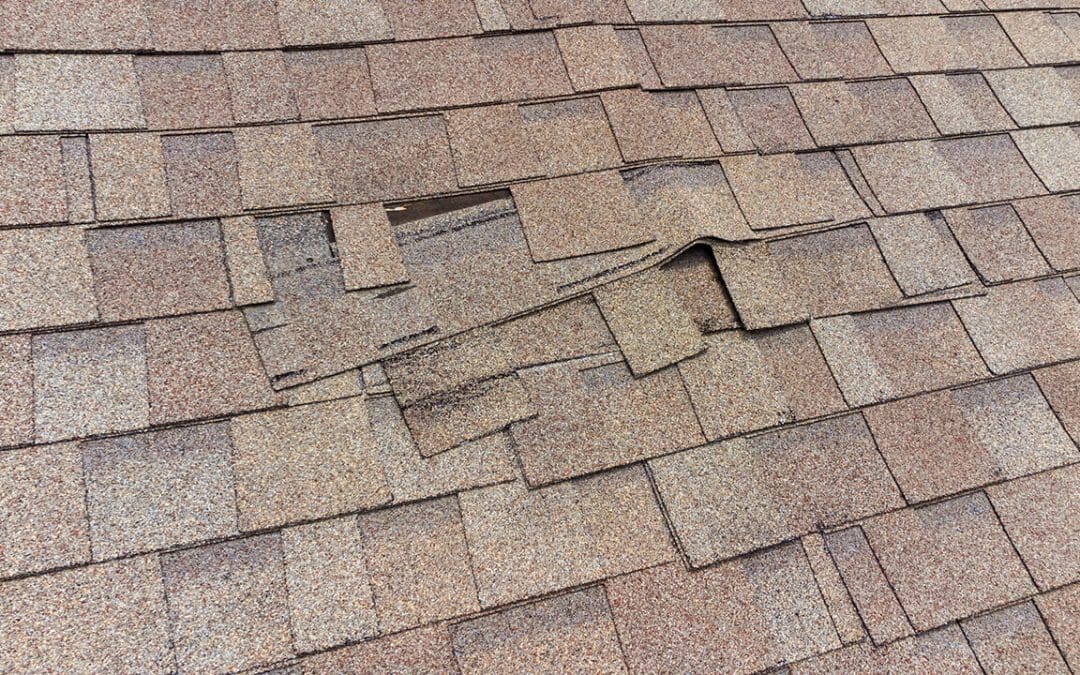Buying a home is an emotional experience, often filled with excitement and the promise of a fresh start. While no house is perfect, knowing the critical red flags for homebuyers could save you from costly headaches, endless repairs, and future heartache.
Structural Red Flags for Homebuyers
The biggest and most expensive problems are often found in the foundation and framing. Look for noticeable cracks in the foundation, particularly large horizontal cracks or stair-step cracks in brickwork. While thin hairline cracks are common, wide or widening cracks indicate foundation movement or settling, which is a major repair. Inside the home, keep an eye out for uneven floors.
Another key structural indicator is the condition of the roof. If the shingles are cracked, curled, or missing, or if the roof looks noticeably saggy or wavy, you’re likely looking at a major replacement expense soon. Look for evidence of past water intrusion on the ceilings. Dark stains or fresh paint covering specific spots could mean a recurring leak issue that the seller attempted to hide.
The Hidden Costs: Plumbing, Electrical, and HVAC
While structural issues are visible, equally expensive problems can be hidden within the walls, namely in the home’s vital operating systems. For plumbing, pay attention to water pressure. Turn on several faucets and flush a toilet; does the water pressure drop drastically? This could indicate old, narrow piping or significant pipe corrosion. In older homes, be alert for signs of past water damage in basements or cabinets under sinks.
On the electrical side, look at the breaker panel. Is it old? Does it still have fuses instead of breakers? If a house is over 40 years old and hasn’t had an electrical upgrade, it might have outdated wiring (like knob-and-tube or aluminum wiring) that is a serious safety hazard and a massive insurance and fire risk. The HVAC system’s age is also a major factor. If the furnace or AC unit is over 15 years old, expect to replace it in the near future. Ask the seller for maintenance records; a system that hasn’t been serviced in years is often a ticking time bomb.
Location and Neighborhood Concerns: Beyond the Walls
The house itself might look perfect, but surrounding factors could be significant red flags for homebuyers that affect resale value and quality of life. Always visit the neighborhood at different times of the day and on weekends. What looks quiet at 2 p.m. on a Tuesday might be a high-traffic shortcut during rush hour or a loud party street on a Saturday night. Use an online mapping tool to check the proximity of the home to potential nuisances, such as industrial complexes, busy highways, or high-voltage power lines.
Another major location concern is water and drainage. Check the grading around the house. If the land slopes toward the foundation instead of away from it, you are looking at potential basement flooding and foundation issues during heavy rain. During an open house, pay attention to the smell—a pervasive musty odor, particularly in the basement or attic—is a serious red flag for homebuyers, indicating mold or mildew due to persistent moisture problems.
Seller Disclosure and Document Red Flags for Homebuyers
Sometimes, the red flags aren’t physical but paperwork related. A seller who is reluctant to provide complete disclosures, or who have only owned the property for a very short period (flipping aside), might be trying to offload a known, expensive problem. Another issue is permits. If major renovations, additions, or electrical work have been completed recently, ask to see the permits. Work done without the proper municipal permits may not have been inspected, meaning it could be shoddy, unsafe, and potentially required to be torn down and redone by the municipality, which becomes your costly problem after closing. Your real estate agent should be vigilant about securing these documents to avoid major issues.
Frequently Asked Questions About Red Flags for Homebuyers
What is the biggest red flag I should look out for?
The single biggest red flag is evidence of significant water intrusion (mold, mildew, large ceiling stains) or foundation instability (wide cracks). These issues are almost always the most expensive and disruptive to fix.
Should I buy a home that failed a previous inspection?
Generally, proceed with extreme caution. If the seller is willing to provide the failed inspection report and has fully remediated all issues with documented, permitted work, you might consider it. Otherwise, it is one of the strongest red flags for homebuyers and should often be avoided, as it indicates serious, potentially unresolved problems.
How can I tell if a house has old, dangerous wiring?
An inspector will check, but you can look for fuses instead of circuit breakers in the main panel, or outlets that only have two prongs (no grounding hole). These suggest very old electrical systems that need modernization for safety and to meet modern power demands.
If the seller offers a large credit instead of fixing repairs, should I take it?
It depends on the repair. For cosmetic or small fixes, a credit is fine. For major items (like a new roof or HVAC unit), taking a credit means you are taking on the risk and hassle of coordinating that massive repair immediately after moving in. Your lender may also require major safety issues to be fixed before closing, regardless of any credit offered.
Inspection Services of Wisconsin offers radon testing and home inspections in Northeast and South Central Wisconsin. Contact us to request our services.

